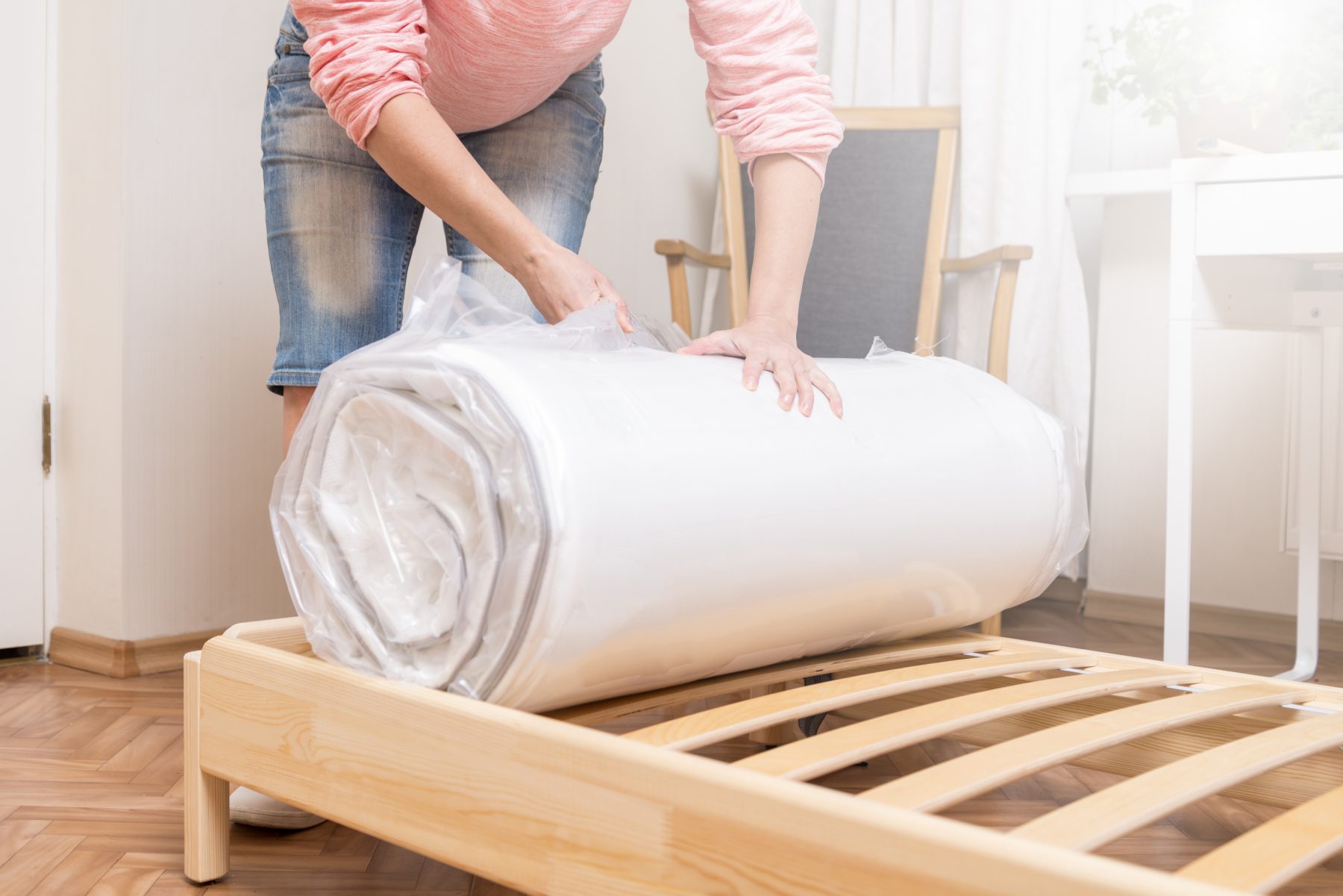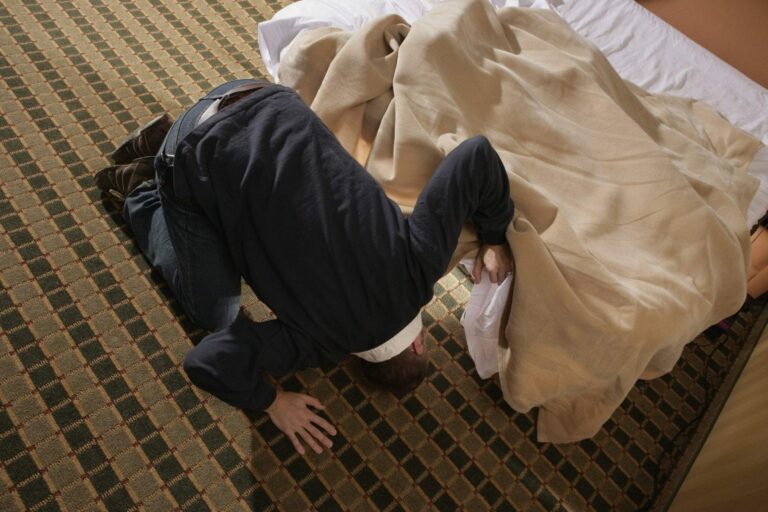Can Bed Bugs Live on Plastic Mattresses?
Bed bugs are nasty critters that everyone hopes to avoid. A bed bug infestation can be a hefty problem to deal with and can spread very quickly, creating an even bigger mess to address. Therefore, there are many different bed bug treatments to proactively avoiding bed bugs through different bed bug treatments, one of them being a plastic cover or plastic mattress. But can bed bugs still live on this plastic?
How Do Bed Bugs Survive?
Bed bugs solely feed on blood, either from humans or their pets. Mostly, they are nocturnal, but they will adjust their sleeping schedule so that they can feed on their host whenever they are asleep. These insects are expert hiders and the majority of store-bought bed bug treatments won’t completely exterminate a bed bug infestation. Bed bugs will hide in the smallest of spaces, namely in the linings of your mattress, sheets, and other fabrics. A plastic mattress, or plastic mattress cover, will either deter bed bugs from getting comfortable on your bed, or trap any existing bed bugs and keep them from spreading further.
Plastic Coverings
As mentioned previously, bed bugs are attracted to fabrics and very small, tight crevices that they can hide in. Adding a plastic cover for mattresses or furniture can help to deter bed bugs from settling down in that specific area, but the coverings alone are not enough to eradicate an entire infestation. Slipping a plastic cover over a mattress or piece of furniture infested with bed bugs won’t immediately kill them, but without access to food or oxygen, they won’t last much longer.
When to Use Plastic Coverings
Protecting an infested mattress or piece of furniture with a plastic covering can indeed help to contain an infestation to that area. If noticed early, trapping bed bugs at the source of the infestation under plastic can starve and suffocate them before they have the opportunity to spread any further. The tricky part is accomplishing this step before the bed bugs spread.
Additionally, plastic coverings can be used to help prevent possible bed bug infestations. If you are moving or planning to place your mattress or furniture in storage, covering them with plastic can keep potential bed bugs from getting cozy in the linings of your fabric. Some other situations with risks of infestations, where plastic coverings might be beneficial include:
- College dorm rooms
- Furnished rentals
- Hotels and motels
- Purchasing used furniture
Suffocating and Starving Bed Bugs
There are numerous bed bug treatments you can take advantage of when dealing with an infestation that we recommend. But if you were to trap all your bed bugs under a plastic covering, how long would it take to exterminate them that way?
Removing Access to Food
Sealing bed bugs in a plastic covering and blocking their access to food, which is most likely you, will definitely slow them down, but might not completely solve the problem. On average, bed bugs feed every 3 or 4 days in regular temperatures, but can wait even longer during the colder months. It can take bed bugs up to 3 months, or even as long as an entire year, to completely starve to death, making this one of the least effective bed bug treatments.
Removing Access to Oxygen
While it is technically possible to suffocate bed bugs to death, it is one of the least reliable ways of exterminating bed bugs. Since bed bugs are small to begin with, they don’t need as much oxygen to survive. Therefore, in order to achieve a vacuum space that would eliminate most of the air and oxygen you would need industrial equipment not available to homes. You’re much better off selecting alternative bed bug treatments.
Call Bed Bug BBQ!
Have you got a bed bug infestation you can’t get rid of? Contact Bed Bug BBQ for bed bug treatments guaranteed to work! Visit our website or call (216) 221-1227 today!








